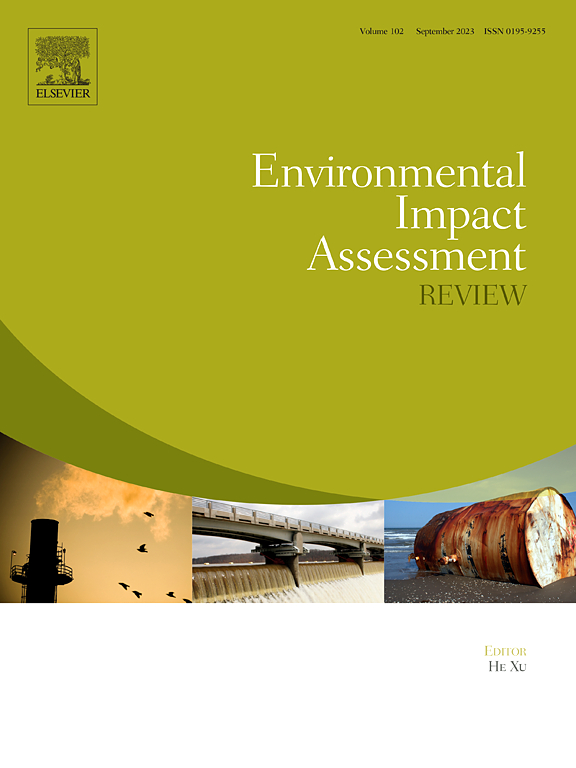Can the use of aquatic non-native species across Europe mitigate their environmental impact?
IF 9.8
1区 社会学
Q1 ENVIRONMENTAL STUDIES
引用次数: 0
Abstract
According to conservation science, non-native species in aquatic environments are species that are introduced by humans outside of their natural habitats. They alter ecosystem and biodiversity. In particular, invasive non-native species constitute a major risk that can threaten not only biodiversity and ecosystem, but also the economy and human health. The consequences of this invasive species presence require positive management actions including utilization of these species. The usual practice adopted against the unwanted presence of invasive non-native aquatic species in the environment is their eradication. However, non-native aquatic species, often dangerous to other species or to the environment, may be beneficial to humans. Controlling non-native aquatic species populations by reducing their numbers via utilization is an economically viable way by turning the species into resources rather than simply trying to eradicate them. The harnessing of non-native aquatic species (especially invasive non-native aquatic species) is still limited and needs to be extensively researched. Therefore, the aim of this work is to discuss the favorable and responsible use of non-native aquatic species for human consumption and industry as an alternative to their elimination. In this respect, different approaches to the use of these species are described and reviewed, and their potential for future applications in the context of mitigation of environmental impact is additionally analyzed.
在整个欧洲使用水生非本地物种能减轻它们对环境的影响吗?
根据保护科学,水生环境中的非本地物种是指人类在其自然栖息地之外引入的物种。它们改变了生态系统和生物多样性。特别是,外来入侵物种不仅对生物多样性和生态系统构成重大威胁,而且对经济和人类健康也构成威胁。入侵物种存在的后果需要采取积极的管理措施,包括利用这些物种。对付环境中不受欢迎的外来入侵水生物种的通常做法是根除它们。然而,往往对其他物种或环境有害的非本地水生物种,可能对人类有益。通过利用减少非本地水生物种的数量来控制非本地水生物种的数量是一种经济上可行的方法,它将物种转化为资源,而不是简单地试图根除它们。对外来水生物种(特别是外来入侵水生物种)的利用仍然有限,需要进行广泛的研究。因此,本工作的目的是讨论为人类消费和工业提供有利和负责任的利用非本地水生物种作为消除它们的替代方案。在这方面,描述和审查了利用这些物种的不同方法,并进一步分析了它们未来在减轻环境影响方面的应用潜力。
本文章由计算机程序翻译,如有差异,请以英文原文为准。
求助全文
约1分钟内获得全文
求助全文
来源期刊

Environmental Impact Assessment Review
ENVIRONMENTAL STUDIES-
CiteScore
12.60
自引率
10.10%
发文量
200
审稿时长
33 days
期刊介绍:
Environmental Impact Assessment Review is an interdisciplinary journal that serves a global audience of practitioners, policymakers, and academics involved in assessing the environmental impact of policies, projects, processes, and products. The journal focuses on innovative theory and practice in environmental impact assessment (EIA). Papers are expected to present innovative ideas, be topical, and coherent. The journal emphasizes concepts, methods, techniques, approaches, and systems related to EIA theory and practice.
 求助内容:
求助内容: 应助结果提醒方式:
应助结果提醒方式:


